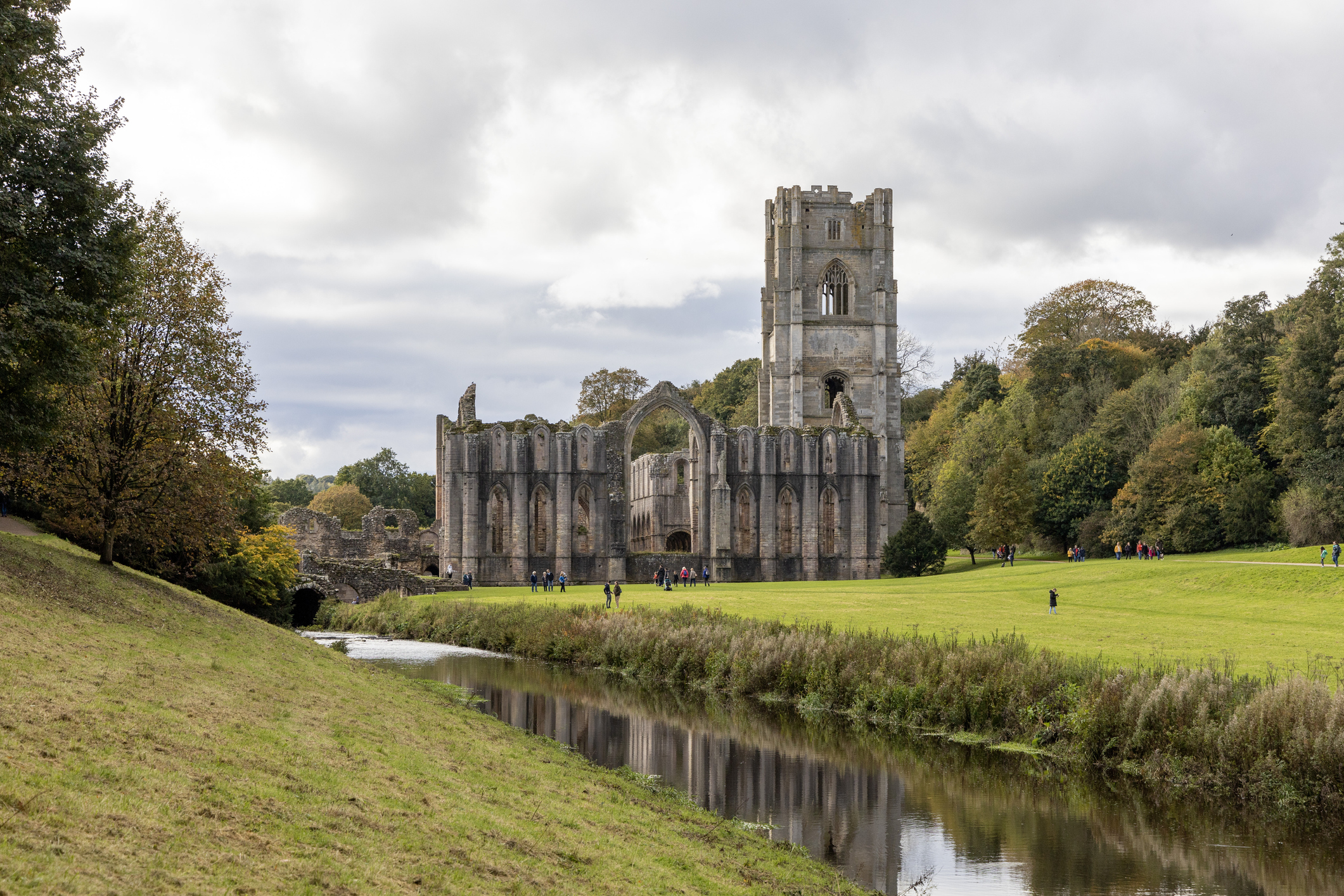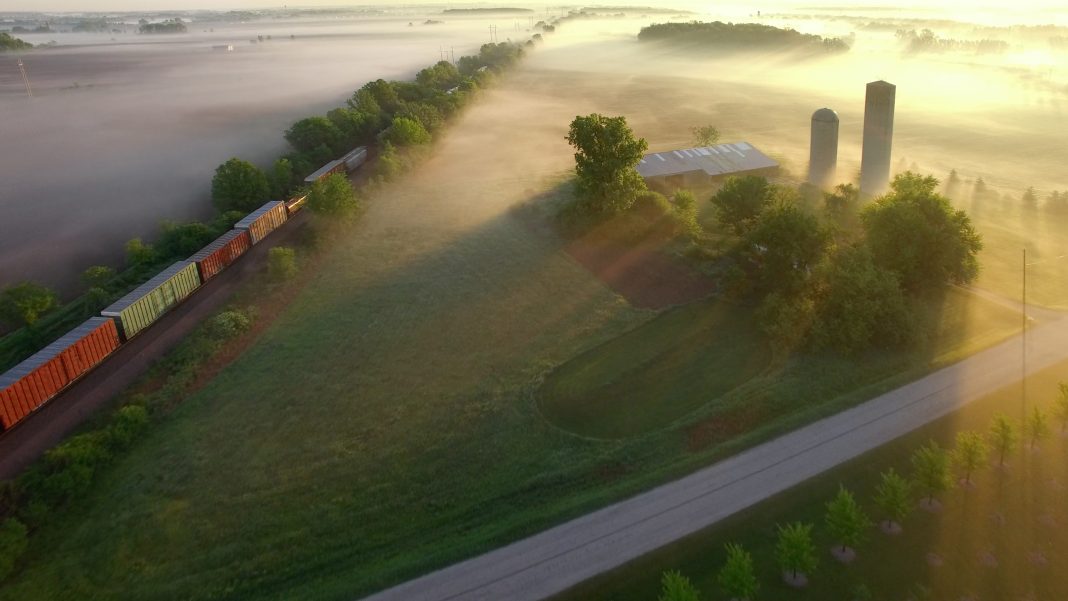Andy Sloan, MD and senior VP of COWI UK, explores how a systems thinking approach provides comprehensive and essential climate resilience in community infrastructure
A systems thinking approach for infrastructure would boost climate resilience and even offer societal benefits, according to Andy Sloan, managing director and senior vice-president of international engineering consultancy group COWI UK.
Climate change fuelled disasters cost at least £200bn in 2022, more than the annual GDP for the whole of Greece, according to a recent report by Aon. Improving climate resilience is big business, yet ironically, despite being an international leader on climate change, much of the UK’s own critical national infrastructure has become vulnerable to extreme weather events. Last year, Storm Eunice left 1.4m people without power and caused £550m of damage to buildings and infrastructure.
The latest report from the Joint Committee on the National Security Strategy on the UK’s readiness for storms is damning. The Committee found overwhelming evidence that the UK is facing a major adaptation deficit across energy, transport, communications and water which is already affecting the reliability of the country’s essential services.
Most asset owners are already acutely aware of climate change. They continuously undertake rigorous inspections and maintenance and have their own resilience and adaptation plans in place. Investment in such measures is both necessary and welcome. However, as most major infrastructure assets do not operate in isolation, they are increasingly subject to the potential for ‘cascading risks’. One asset falls, and others follow like dominoes.
Introducing a systems thinking approach
Although owners are typically very good at mobilising resources to maintain their own reliability, the worsening impacts of climate change dictate that a new approach is needed. A major reflection of the report is a need for a systems thinking approach where the interdependencies between each type of infrastructure are identified, assessed and understood, and information between sectors shared. Only then can the true cumulative impact of these ‘cascading risks’ be measured and a thorough assessment of priorities for funding and resources be made.
Although the Government has made positive steps in developing ‘digital twins’ to model climate-related infrastructure interdependencies, very little of this research is being shared with infrastructure owners, operators and regulators. As such, “there are no formal mechanisms for collaboration or information-sharing between sectors, and regulation is happening in siloes”. With little dialogue between the different asset owners and operators, national agencies and local councils, opportunities to address cascading risks are understandably missed.
A systems thinking approach ensures that risks are not solely modelled and addressed through a single infrastructure lens but appreciated for all their cascading complexity and multi-dimensionality. The ideal outcome would be a common approach to resilience where a level of standardisation is achieved for risks that share commonalities such as topography, flooding or economic impact. Data would be collated into a central knowledge base accessible to regulators and operators to help inform both emergency response and longer-term climate resilience plans.
Communities and climate resilience

One example of where a systems thinking approach has been put into practice to protect assets with national importance is the Skell Valley Project. Considered a place of unique cultural and natural heritage, the Valley – which is home to the medieval UNESCO World Heritage Site, Fountains Abbey – is under threat from climate change.
The abbey itself, which is the largest monastic ruins in the country, has suffered extensive and irreparable damage as a result of flooding in recent years. Until recently, the risk and subsequent fallout from flooding was managed solely by the National Trust within its own boundaries through activities such as dredging. However, in 2015, it was recognised that if a different approach was not pursued, much of the valley’s heritage and biodiversity could be lost forever.
To restore the river’s natural habitats and reduce the flood risk, the Skell Valley Project was born, bringing together 16 organisations in total, including the National Trust, Nidderdale AONB, United Utilities, the Environment Agency, several river trusts and financiers, the National Lottery Heritage Fund and the European Union. To ensure as many of the river’s interdependencies and cascading risks to the local landscape, community, infrastructure, culture and heritage were identified and assessed as possible, over 1,000 farmers, land and business owners and residents were consulted.
Reflecting this complexity, the plan put in place will execute against 15 individual projects categorised under four key themes; making the landscape and the local economy resilient, creating nature-rich spaces that will reverse the decline in biodiversity, empower local people to benefit from the project and the river more widely, and save the valley’s heritage from climate change and general neglect. Working with local farmers and landowners, a programme of natural flood management and woodland and grassland conservation is being implemented. Meanwhile, further activities will create community benefits such as improved access to nature, upskilling opportunities through volunteering and greater local hospitality and tourism to contribute to a ‘green recovery’.
Policy changes are needed to fully realise the potential of a systems thinking approach
The Skell Valley Project is exemplary in its outcomes, not only improving climate resilience and reducing the impact of flooding, but also unlocking many additional societal and environmental benefits that would otherwise have been missed. However, the reality is that the systems thinking approach is not deployed nearly enough when it comes to mitigating the impact of climate change on our nation’s infrastructure. Hundreds of assets are at risk, but only a systems thinking approach – that brings together stakeholders and considers infrastructure risk through different lens before making mitigation and adaptation efforts – will deliver sustainable, long-term solutions.
Yet, while other asset owners and operators should take note, given the rapidly worsening impacts of climate change, it would be remiss to leave this change in approach to happen organically. Systems thinking will be more successful if it is prioritised, facilitated and resourced by government.
Incidences of extreme weather are becoming ever more severe and will continue to cost the UK economy millions in storm damage and economic disruption until we can come together around a common approach to climate resilience. With proper access to stakeholders, data, and support, asset owners and operators can improve their own climate adaptation plans, reduce the potential for cascading risks and unlock societal benefits such as improved connectivity, access to healthcare and economic prosperity.














